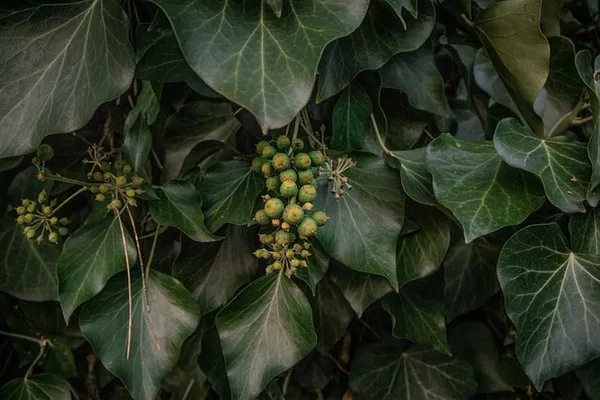San Juan Island National Historical Park (NHP) is renowned for its rich biodiversity, encompassing lush forests and vibrant marine ecosystems. Following the acquisition of Mitchell Hill in 2010, adjoining the English Camp unit, park managers embarked on a mission to identify and safeguard important species within the expanded area.
A recent species inventory conducted by the park’s Inventory & Monitoring Division uncovered significant findings. Previously unknown within the park’s boundaries, researchers discovered three rare plant species during surveys conducted in 2021 and 2022: true baby stars (Leptosiphon minimus), Indian valley brodiaea (Brodiaea rosea), and shortspur white plectritis (Plectritis brachystemon). Of particular note was the Indian valley brodiaea, unseen in Washington State for 113 years, and the shortspur white plectritis, a species never before recorded on the San Juan Islands.
The presence of these rare plants underscores the ecological importance of the open Douglas fir woodland at Mitchell Hill. However, challenges such as understory encroachment by young trees and shrubs, deer overbrowsing, and proximity to heavily trafficked paths pose ongoing concerns.
Armed with this newfound knowledge, park staff are developing targeted management strategies. These include protecting sensitive areas from encroachment by selectively removing small-diameter trees and shrubs and conducting precise herbicide treatments. Additionally, data from the inventory will inform collaborative efforts with the Samish Indian Nation Department of Natural Resources to identify culturally significant plant areas.
The discovery and conservation of these rare plant species not only contribute to preserving genetic diversity but also uphold the ecological and cultural integrity of San Juan Island NHP.


